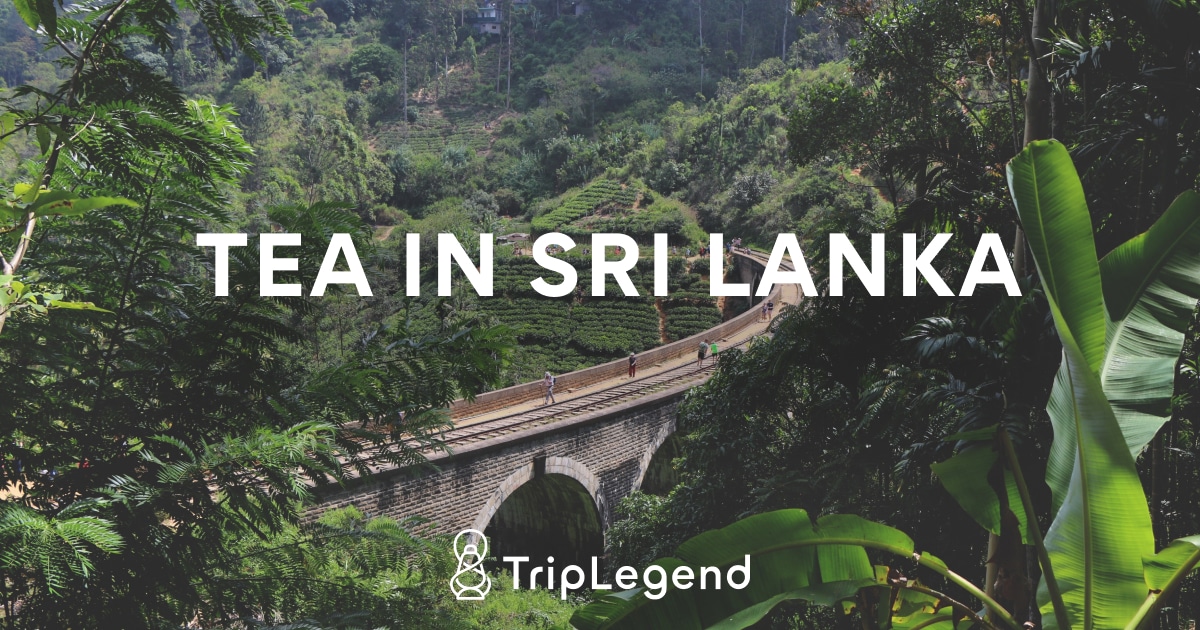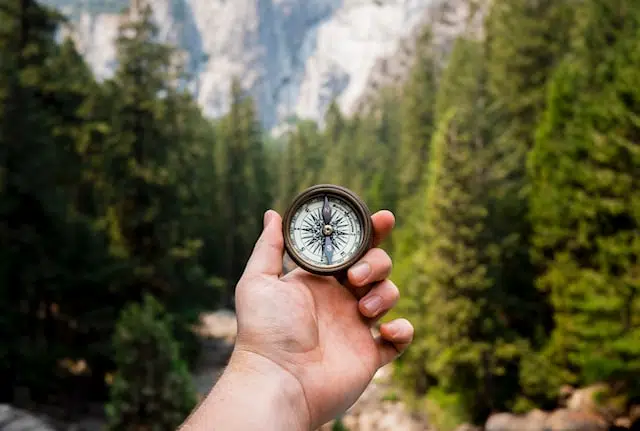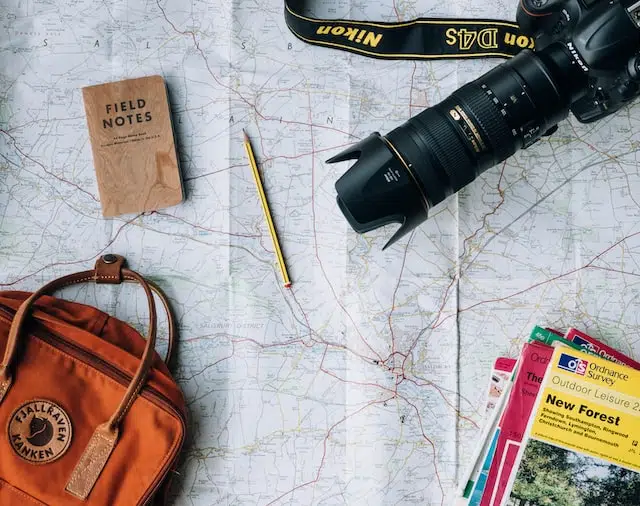Sri Lanka, the island of tea, takes you on an aromatic journey. From fruity notes to floral nuances, each sip is a true taste experience. Explore the world of fragrant tea gardens. Discover the variety and quality that make Sri Lanka's teas so unique. In this article, we introduce you to everything about Sri Lanka's teas.
History of tea in Sri Lanka
The history of tea in Sri Lanka has its roots in colonial times, when the British ruled the country. At that time, coffee plantations were established, but a fungus destroyed the crops. Plantation owners had to look for an alternative. A Scotsman began experimentally growing tea plants. His experiments were soon crowned with success. The climatic conditions, the altitude and the fertile soil proved ideal for tea cultivation. Gradually, the coffee plantations were converted into tea gardens. Sri Lanka became one of the largest tea exporters in the world. The tea, known as Ceylon tea, gained world fame. Today, tea cultivation is an important part of the economy and a proud heritage of the country.
Tea growing areas in Sri Lanka
Among the 3 main cultivation areas are:
- Dimbula: forms the oldest cultivation area. It is located in the central mountainous regions of the country. Dimbula tea is known for its strong and full-bodied flavor, often accompanied by a pleasant citrus note.
- Uva: is located in the southeast of the island and is the largest growing area. The taste of the tea is strong with a slightly sweet aroma, reminiscent of cranberries.
- Nuwara Eliya: the highest tea gardens are located here. It mainly grows the Thea Sinensis, while most other tea plantations in the country focus on the Thea Assamica. The tea plants are surrounded by cypress and eucalyptus, which impart their subtle aromas to the plants.
Cultivation process, harvesting and processing
The cultivation height is decisive for the quality of the tea. It is true that higher cultivation also brings better quality. A distinction is made according to 3 categories:
- High Grown Tea: grows from 1,300 meters and has the best quality.
- Medium Grown Tea: grows between 650 and 1,300 meters.
- Low Grown Tea: grows up to a height of 650 meters.
The tea leaves are carefully picked by hand so that only the top young leaves and buds are used. The harvest time is in January and February and from June to September.
After harvesting, the tea leaves are dried and rolled, which is done by machines. During rolling, the cell structure is broken to promote fermentation. The leaves are then fermented, which causes them to develop their characteristic color and aromas. Then, the tea leaves are dried again to remove moisture and preserve the tea. Finally, they are sorted once more and then the tea is ready to be packed!
Tea culture in Sri Lanka
Tea is the national drink of Sri Lanka and is enjoyed on various occasions. Often it is drunk pure to enjoy the natural taste. The pot is rinsed with hot water to preheat it before serving. Sri Lanka is known for the spicy Foodso many also like a little ginger in their tea. Something like the British Tea Time is practiced by the wealthy class. Beautiful tableware is an important factor here. Guests are gladly offered a cup of tea as a welcome.
Tea tasting
Tea tastings are a fascinating experience where you can discover the diversity and quality of each variety. Many tea gardens and plantations offer guided tours and tastings where you can learn more about the cultivation, harvesting and processing.
An experienced tea professional will guide you through the tasting and explain the differences between the varieties. You will learn how to prepare the tea properly and which factors influence the taste. Here you can also learn more about the history of the different growing areas.
Tea in Sri Lanka
Tea in Sri Lanka is not just a beverage, but a cultural heritage. From the rolling hills to the aromatic variety, tea offers an unparalleled taste experience that enchants the senses. With a Trip to Sri Lanka you can taste the famous Ceylon tea on site. A visit to the tea gardens or plantations will bring you closer to the culture of tea and you will learn more about the perfect preparation.
For more travel inspiration follow us on Instagram and Pinterest.




